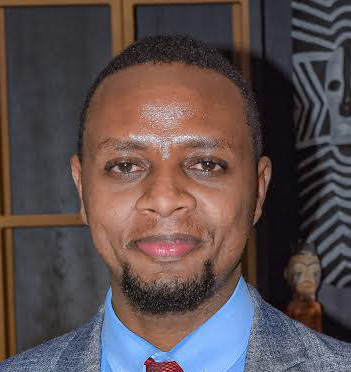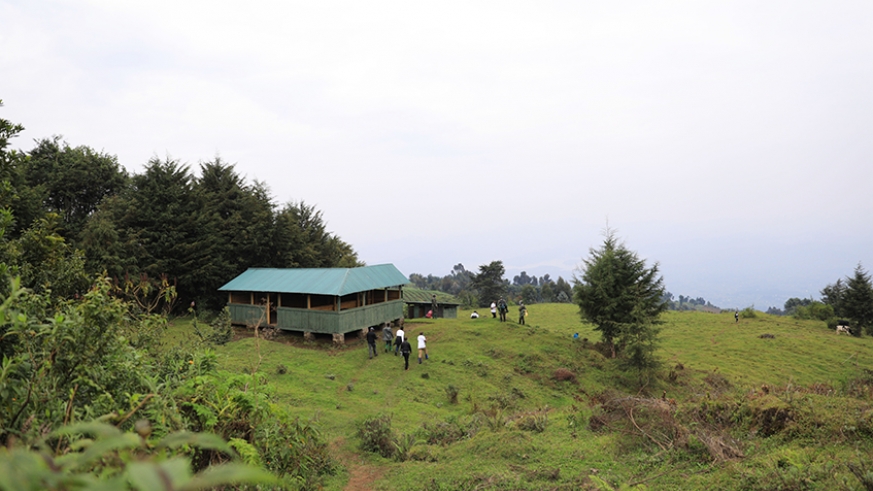
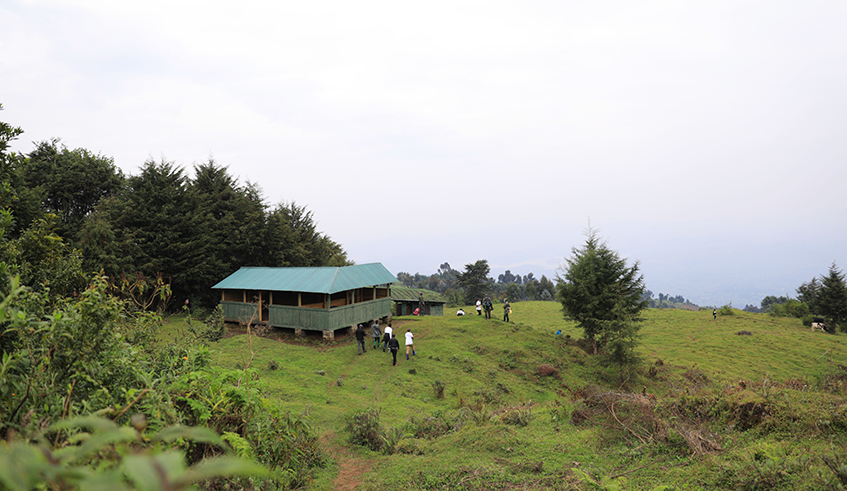
Local journalists and tourists during a guided tour to visit the most important sites that were used by the Rwanda Patriotic Army (RPA) during the Liberation Struggle from 1990 to 1994. / Photos: Olivier Mugwiza.
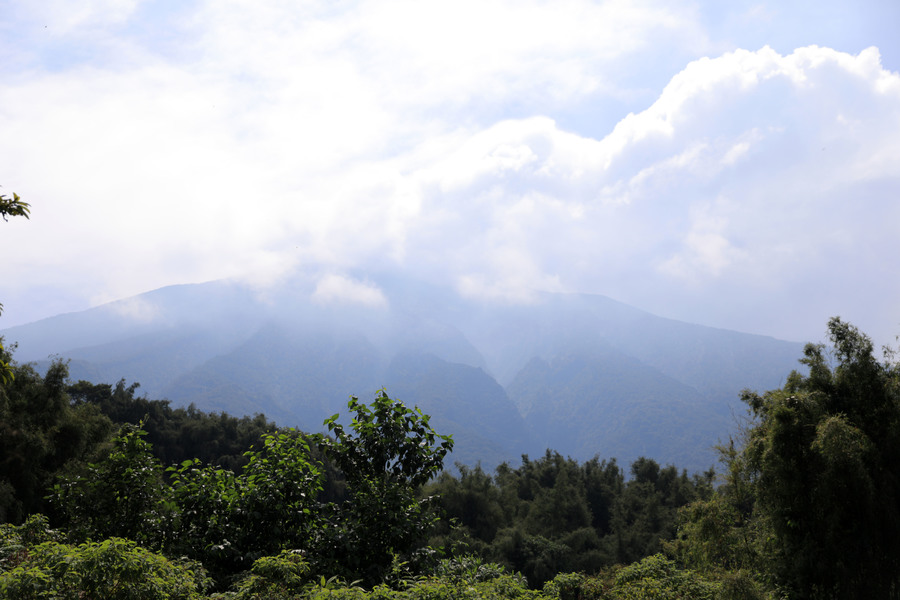
A stunning view of one of the volcanoes mountains.
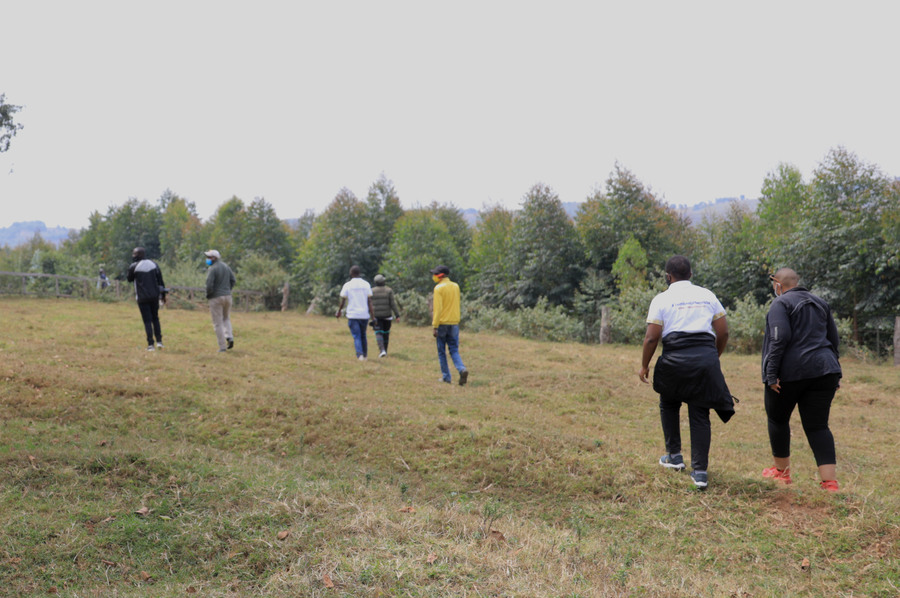
A team of media and social media influencers head towards Kaniga hill, where Radio Muhabura operated. The radio was RPF's key weapon to counter wrong narrative that ex-FAR was fighting Ugandans.
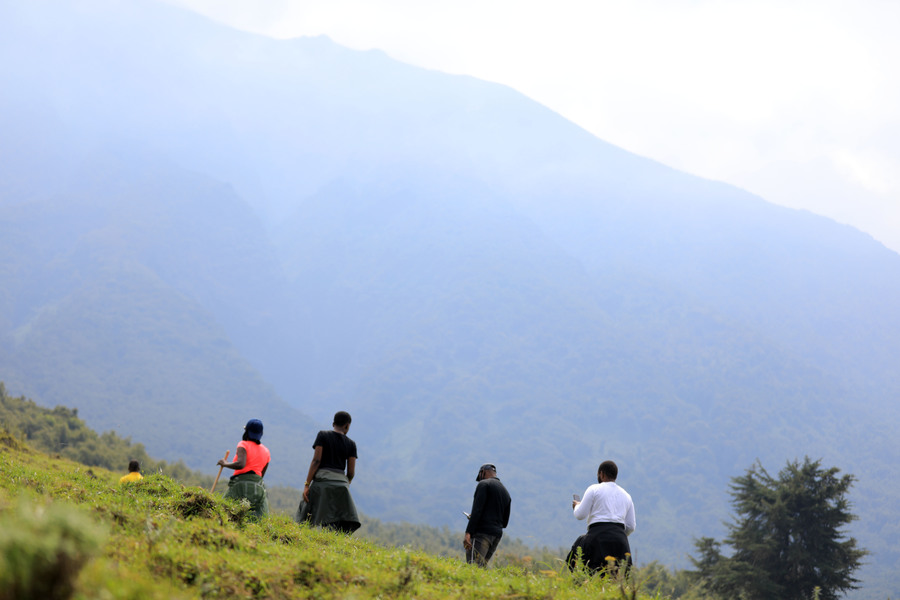
A team of media and social media influencers hike volcanoes mountains towards Urugano, another key liberation site.
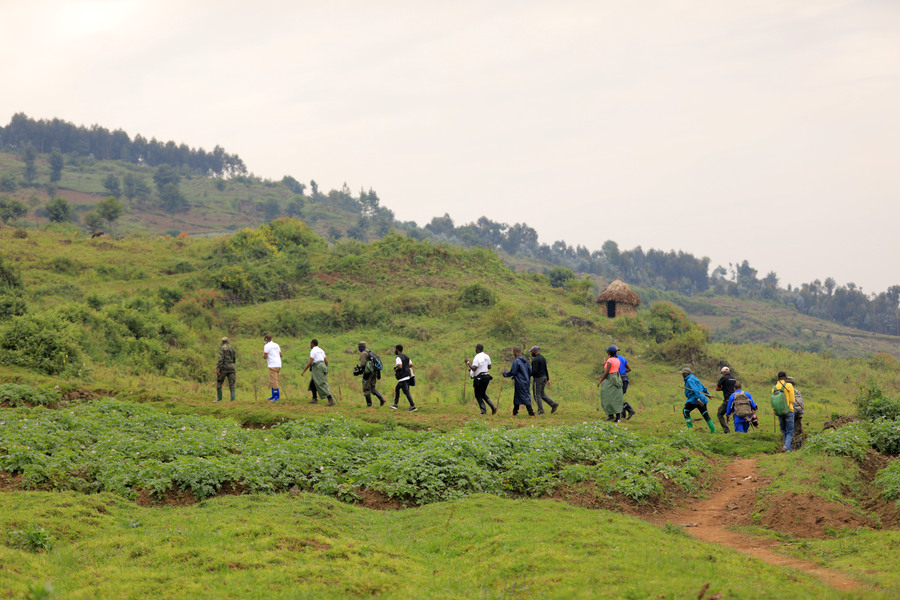
Everyone was determined to reach at the top of the volcanoes, despite the cold weather and the muddy pathways.
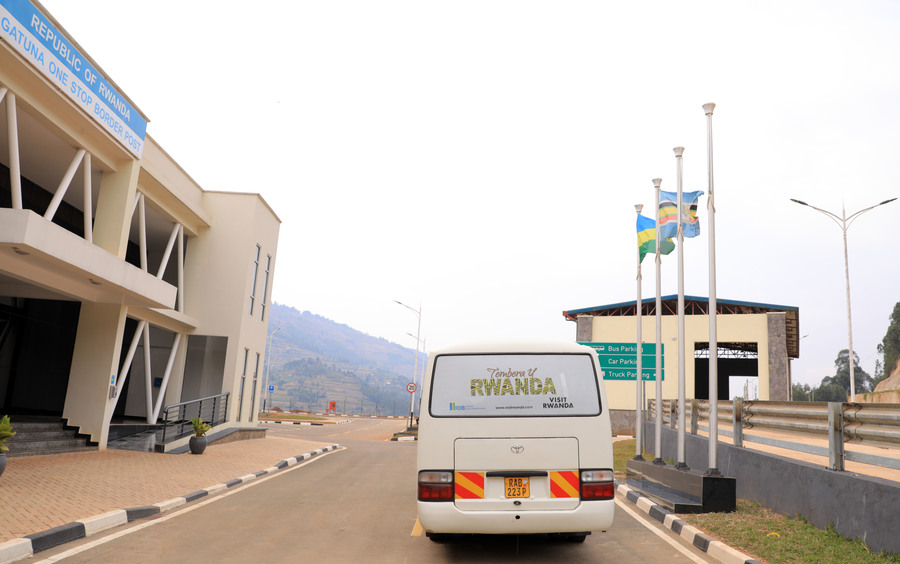
Gatuna border post is one of the key sites that played a strategic importance when the Rwanda Patriotic Army (RPA) was liberating the country from 1990 to 1994.
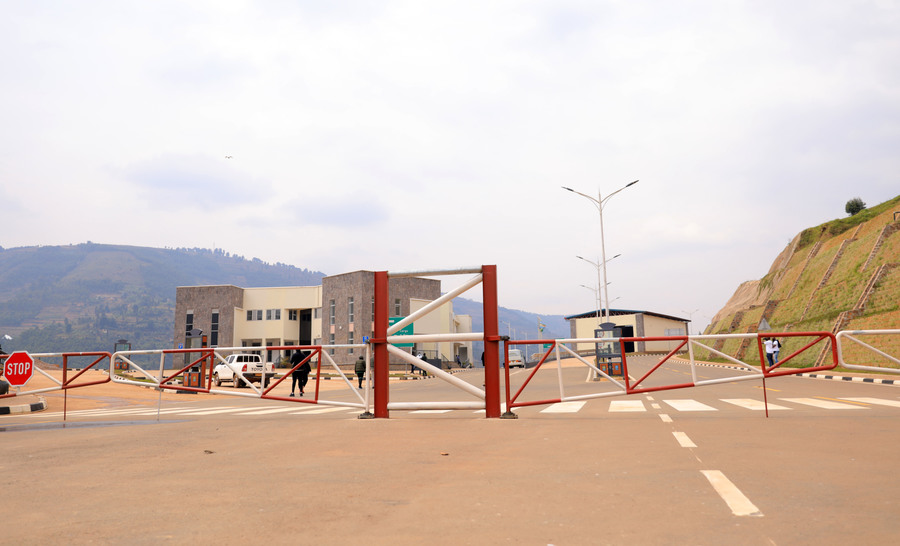
Gatuna border pot has completely transformed, allowing easy movement of people and goods to and from Uganda and along the Northern Corridor.
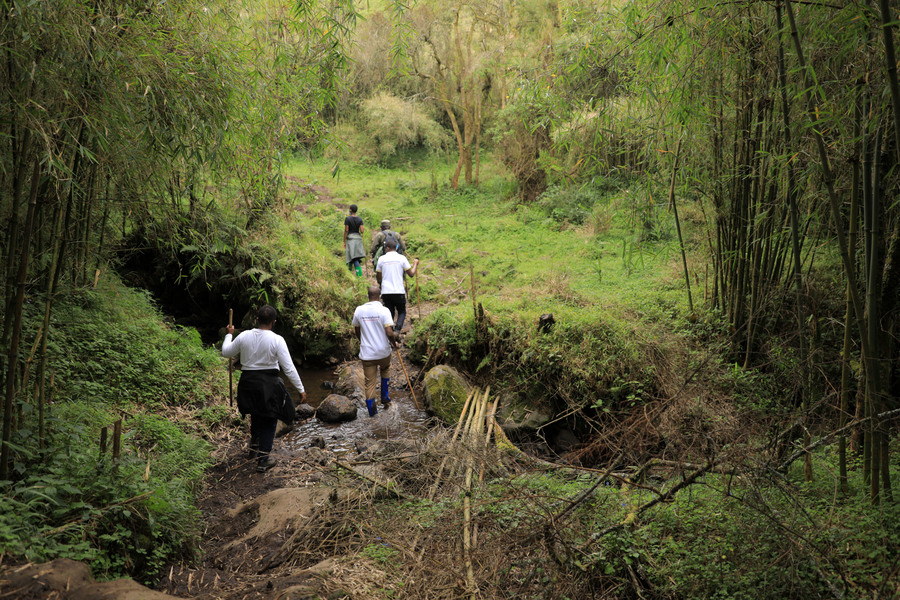
It takes about three hours through the park to get to Urugano. Urugano was home to RPA forces in 1990.
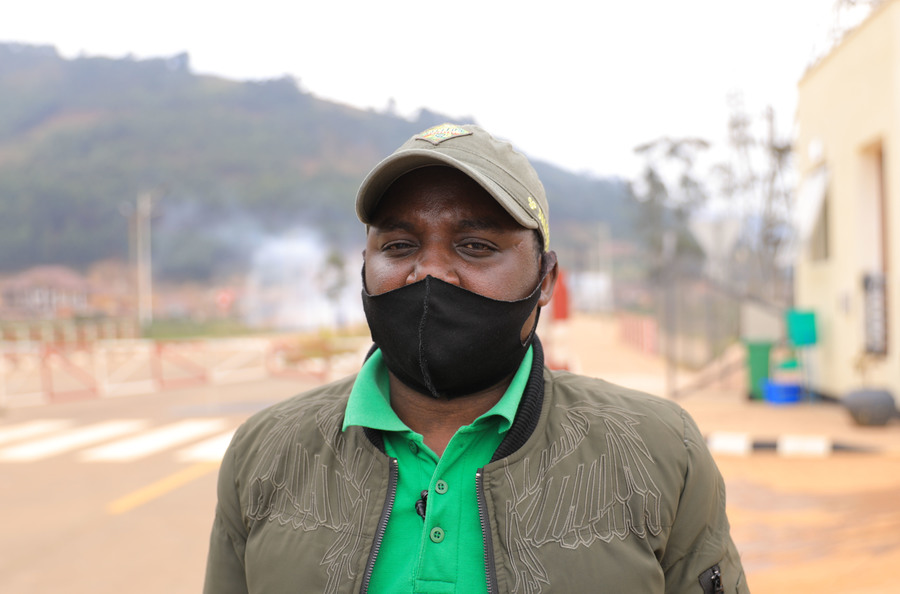
Medard Bashana, the General Manager at the Campaign Against Genocide Museum speaks to the media at Gatuna border post.
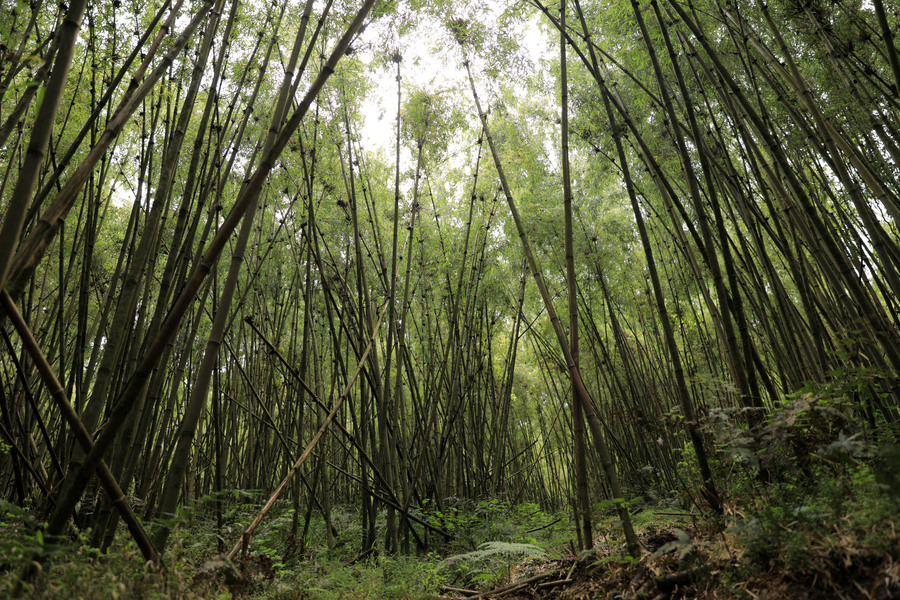
One passes through the thick bamboo to get to the final destination.
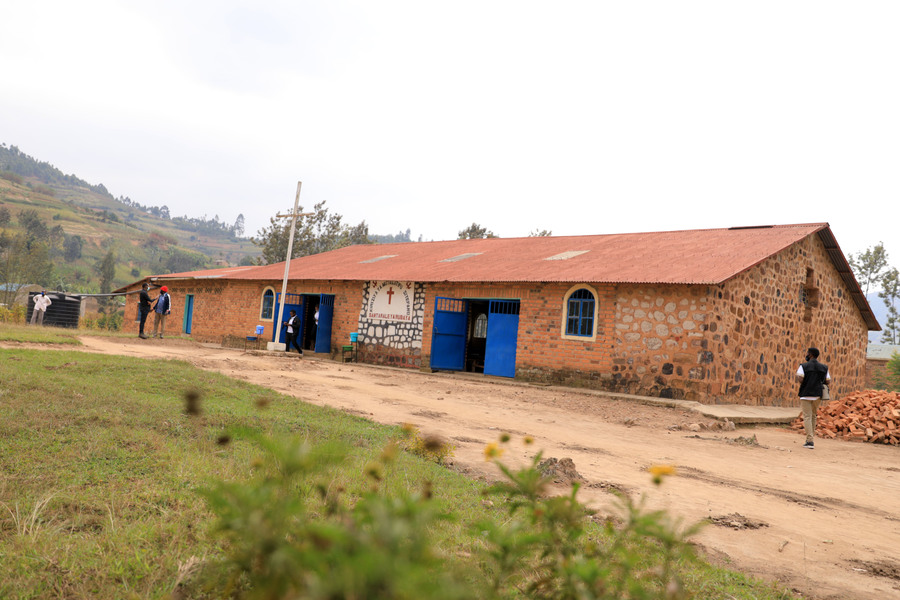
Rubaya Catholic church was once the general headquarter of RPA. It hosted activities such as mechanics, storage, and acted as a sickbay.
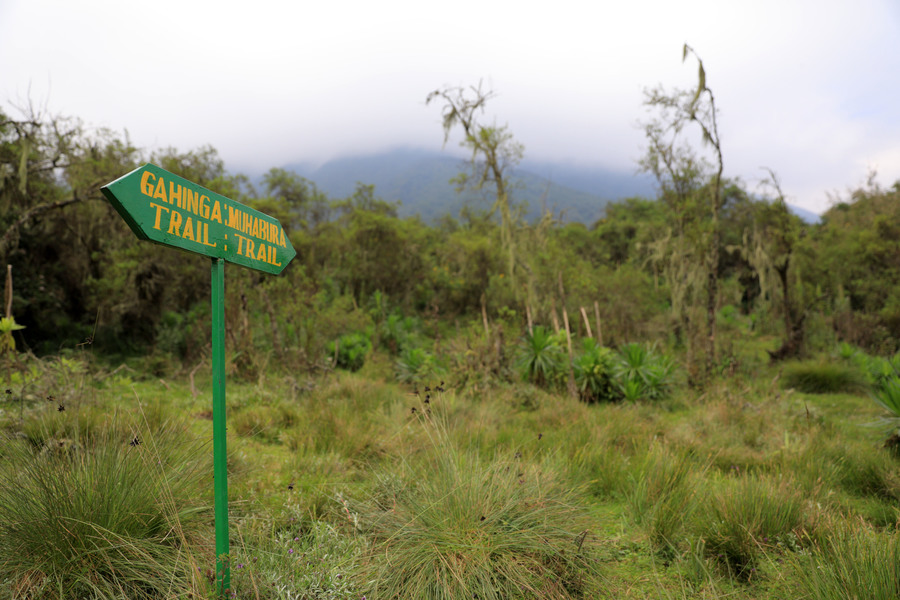
This is Urugano, situated just between Muhabura and Gahinga mountains. Rwanda Development Board said it will soon develop this area and other sites into a new tourism product.
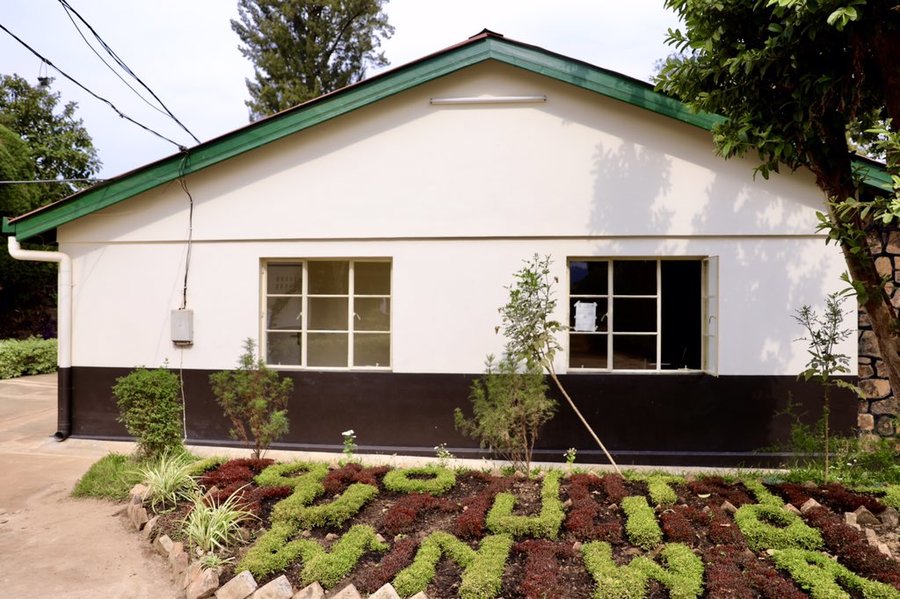
This was a personal house of the Chairman of the RPA High Command, now President Paul Kagame. The house is located at National Liberation Park Museum, also known as Umulindi w’Intwari.
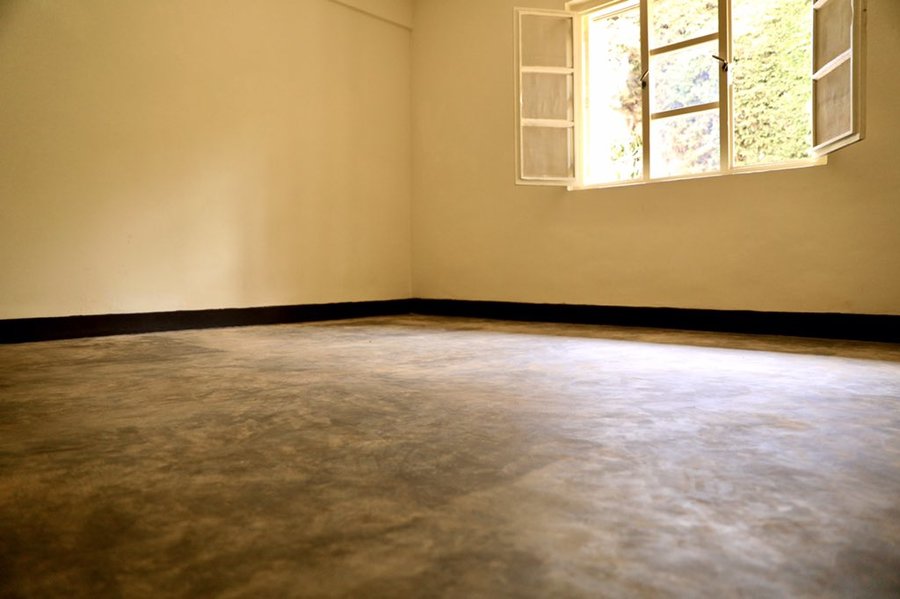
This was President Kagame's bedroom. It is said that Kagame had a tiny mattress and spent most of his time in a bunker, which can also be seen at Mulindi museum.

